-
 New productQuick connect Sram chain
New productQuick connect Sram chain- €2.99
-
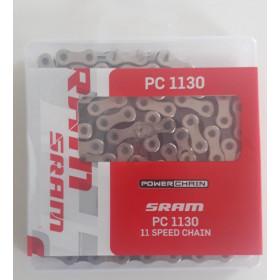 New product -10%Sram chain 10s PC1130
New product -10%Sram chain 10s PC1130- €22.49
- €24.99
-
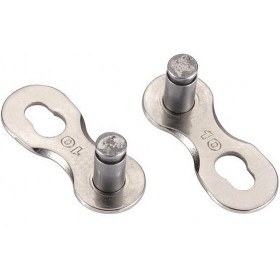 New product
New product -
 New productCampagnolo chain rivet
New productCampagnolo chain rivet- €6.49
-
 New product3/32 inch single speed chain
New product3/32 inch single speed chain- €10.99
-
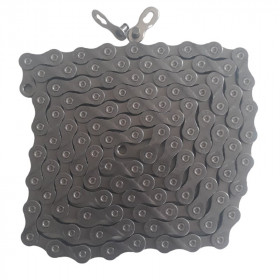 New product -25%9s chain KMC X9
New product -25%9s chain KMC X9- €11.96
- €15.95
-
 New product -25%Chain quick connect Sram 11 speed power lock
New product -25%Chain quick connect Sram 11 speed power lock- €3.15
- €4.20
-
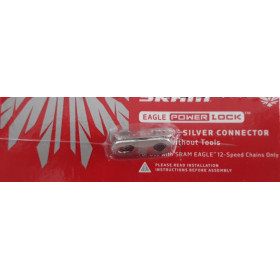 New product -25%
New product -25% -
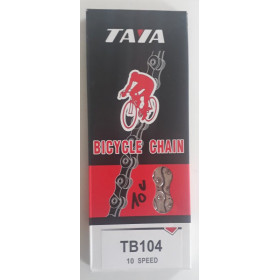 New product -18%10s chain Taya DECA-101
New product -18%10s chain Taya DECA-101- €20.49
- €24.99
-
 New product -25%Bicycle chain 10s GPA Cycles
New product -25%Bicycle chain 10s GPA Cycles- €20.21
- €26.95
-
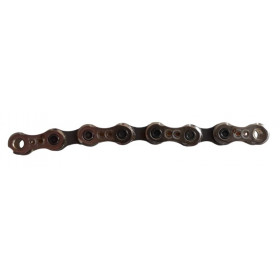 New product
New product -
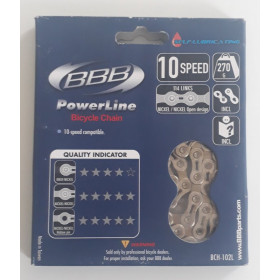 New product -30%10s chain bbb BCH-102L114 links
New product -30%10s chain bbb BCH-102L114 links- €24.49
- €34.99
-
 New product -38%Shimano chain 11s CN-HG701-11 116 links
New product -38%Shimano chain 11s CN-HG701-11 116 links- €30.94
- €49.90
-
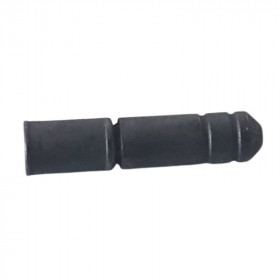 New product
New product -
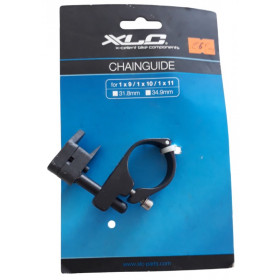 New product
New product -
 New product -25%Shimano chain 12s CN-M8100
New product -25%Shimano chain 12s CN-M8100- €26.24
- €34.99
-
 New product -55%Blue BMX chain YBN MK918
New product -55%Blue BMX chain YBN MK918- €17.55
- €39.00
-
 New product -45%12s chain Campagnolo Chorus 108 links
New product -45%12s chain Campagnolo Chorus 108 links- €24.20
- €44.00
-
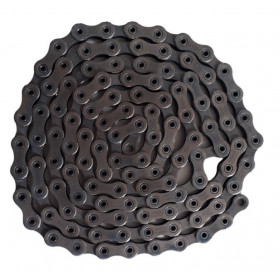 New product -50%Shimano Dura-ace XTR 11s HG901 chain
New product -50%Shimano Dura-ace XTR 11s HG901 chain- €31.50
- €62.99
-
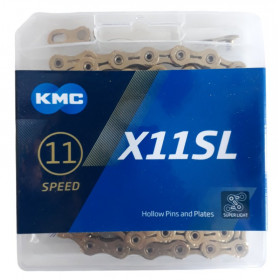 New product -30%11 speed chain KMC X11SL Ti N gold 118 links
New product -30%11 speed chain KMC X11SL Ti N gold 118 links- €52.49
- €74.99
-
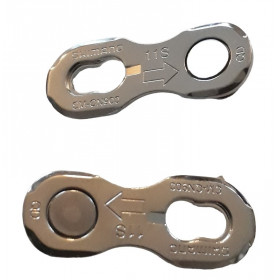 New product
New product -
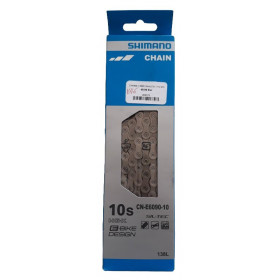 New product -30%E-bike Shimano chain 10s CN-E6090-10
New product -30%E-bike Shimano chain 10s CN-E6090-10- €38.49
- €54.99
-
 New product -40%Sram chain 10s PC1071
New product -40%Sram chain 10s PC1071- €26.99
- €44.99
-
 New product
New product -
 New product -35%Chain Campagnolo Record 10 speed
New product -35%Chain Campagnolo Record 10 speed- €39.64
- €60.99
-
 New product -15%Shimano 10s chain rivet
New product -15%Shimano 10s chain rivet- €3.48
- €4.10
-
 New product -42%9s chain Shimano CN-HG53
New product -42%9s chain Shimano CN-HG53- €11.59
- €19.99
-
 More detailsNew product Out-of-StockStarway bicycle belt 1280
More detailsNew product Out-of-StockStarway bicycle belt 1280- €34.99
-
 More detailsNew product -40% Out-of-StockShimano chain 6,7 and 8s CN-HG40 116 links
More detailsNew product -40% Out-of-StockShimano chain 6,7 and 8s CN-HG40 116 links- €9.59
- €15.99
Showing 1-29 of 29 item(s)
Quality cranksets for limitless adventures.
Everything you need to know about bicycle chains: brands, characteristics and specific features
The bicycle chain is a fundamental element of the bicycle transmission. It connects the front chainring to the bicycle cassette and transmits the rider's power to the wheel. A quality chain ensures smooth shifting, reduced component wear and an optimal driving experience. Here is an overview of the major brands, essential characteristics and specific features to know when choosing the ideal chain.
The main brands of bicycle chain
Shimano
Shimano is an undisputed leader in the field of bicycle chains. Their range covers all disciplines, from road cycling to mountain biking.Main features:
Sil-Tec technology for increased durability and reduced friction.Compatibility with transmissions up to 12 speeds.
Asymmetrical design for smoother shifting.
Examples of popular models:
Shimano CN-HG701 (11 speed).Shimano CN-M8100 (12 speed).
SRAM
SRAM is renowned for its high-end chains suitable for single-chainring drivetrains and electronic systems.Main features:
Hard Chrome technology for exceptional wear resistance.Compatibility with Eagle systems (12 speeds).
Nickel or gold finishes for better protection against corrosion.
Examples of popular models:
SRAM PC-XX1 Eagle.SRAM PC-1130 (11 speed).
KMC
KMC specializes in bicycle chains and offers models suitable for all transmissions.Main features:
Universal compatibility with Shimano, SRAM and Campagnolo.Anti-rust treatment and high-end finishes.
Lightweight models for demanding cyclists.
Examples of popular models:
KMC X11SL (11 speed).KMC X12 (12 speed).
Campagnolo
Campagnolo focuses on high-end road bike chains.Main features:
Ultra-precise design for smooth gear changes.Premium materials for superior durability and aesthetics.
Compatibility with transmissions up to 13 speeds.
Examples of popular models:
Campagnolo Chorus.Campagnolo Record 12.
Key features of bicycle chain
Transmission Compatibility:
Make sure the chain is suitable for the number of speeds on your cassette.Check compatibility with your drivetrain brand (Shimano, SRAM, etc.).
Materials:
Treated steel: Standard for good durability.Nickel or titanium finishes: Protect against corrosion and reduce friction.
Weight :
A lightweight chain is ideal for road cyclists looking to optimize their performance.Specific technologies:
Anti-friction coating: Improves efficiency and reduces wear.Asymmetrical design: Optimizes gear changes.
Maintenance and lifespan
Clean your chain regularly to prevent dirt build-up and extend its life.Use a lubricant adapted to your discipline (dry or wet).
Replace the chain when it reaches a certain level of wear to preserve your cassette and chainrings.
In conclusion
The bicycle chain is much more than a simple link in the transmission. A wise choice can make all the difference in performance, durability and driving pleasure. Whether you are an amateur or an experienced cyclist, take the time to choose a chain suited to your practice and make sure you maintain it properly to get the most out of it.
